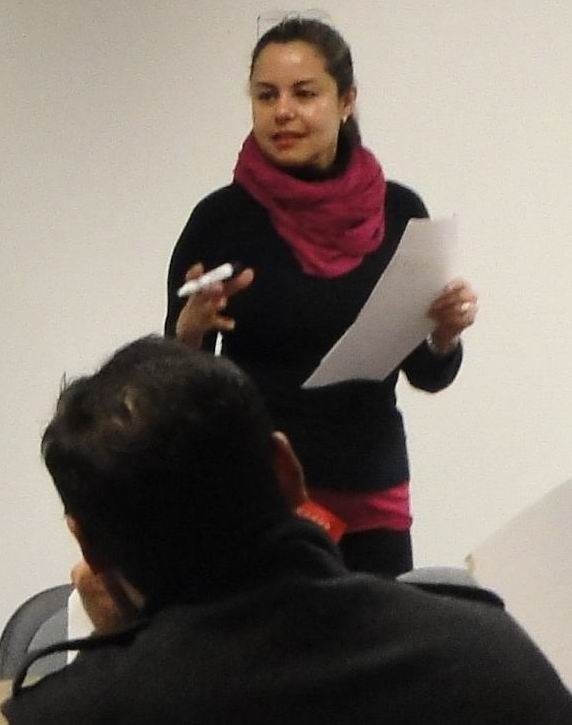
UC’s Food Stamp Nutrition and Education Program, or FSNEP, has officially changed its name to University of California CalFresh Nutrition Education Program, or UC CalFresh for short.
In 2008 the U.S. Department of Agriculture’s Food and Nutrition Service changed the name of the food stamp program to the Supplemental Nutrition Assistance Program (SNAP). Last year, the California Department of Social Services updated to CalFresh, the name of the state program that issues monthly electronic benefits that can be used to buy food.
“Since food stamps are no longer used nationally, and the name has been changed, we have needed to change our name to conform with the USDA and CDSS changes,” said David Ginsburg, director of UC CalFresh.
The federal food assistance program, which started in 1939, was created to improve the nutritional status of low-income people.
UC CalFresh provides nutrition education to children and adults who participate in CalFresh in 33 counties. In 2011 UC Cooperative Extension provided nutrition education on topics ranging from healthy food choices to money and resource management to approximately 140,000 Californians who were eligible to receive CalFresh benefits.
In Santa Clara County, UC CalFresh staff members have worked with more than 520 families over the past year. UC Cooperative Extension nutrition advisor Susan Algert recently tested the effectiveness of a three-class UC CalFresh series focused on shopping, resource management, food safety and a healthy diet. Algert and colleague Carmen Simmons documented changes in the home food environment of five Hispanic families participating in the Eat Smart Be Active classes in Santa Clara County. Four families who were not participating in the classes were also recruited for the project as a control group. All of the children in the families were participating in UC Cooperative Extension nutrition education lessons in their schools.
Algert and Simmons found that making a shopping list, planning menus, shopping less often and using leftovers were the most effective tactics to help families save money on food. At the same time, the families increased the fruit and vegetable variety in their diets by 30 percent, increased the amount of fresh fruit by 30 to 50 percent and increased the use of whole wheat bread by 75 percent.
One participant said, “I learned very much about how to stretch my food dollar until the end of the month, something I couldn’t do before."
For more information, visit the UC CalFresh website at uccalfresh.org.